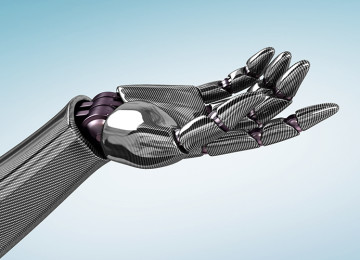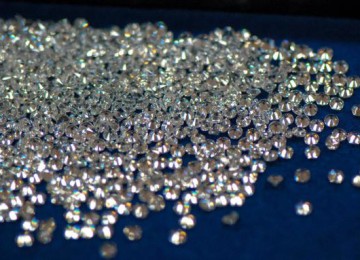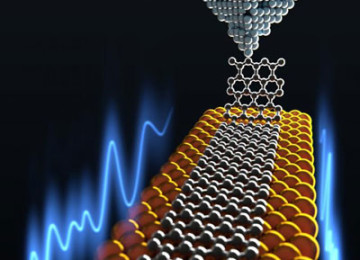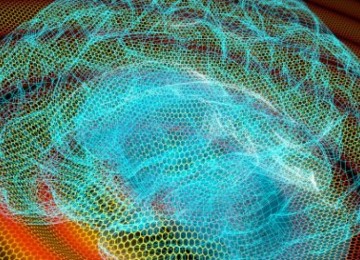Scientist talking about graphene 2D electron structures
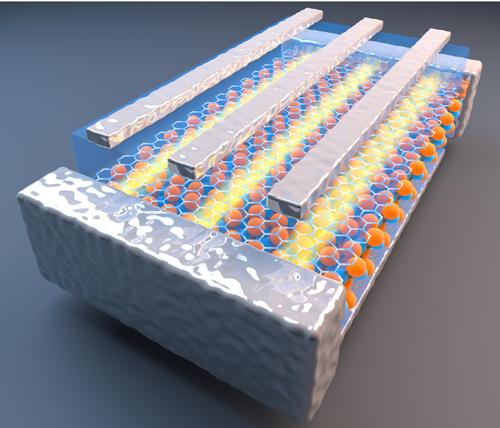
Scientist talking about graphene 2D electron structures
A young scientist, recently arrived at UCSB from MIT where he was a post-doctoral Pappalardo Fellow, has found himself lauded by the 2016 McMillan Award and a science and engineering fellowship from the David and Lucile Packard Foundation. Andrea Young’s research is on a minute scale. Working on graphene, which he’s described as 30,000 times thinner than Saran Wrap – “it gets wrinkled, and it’s a mess” – Young’s doctoral work at Columbia University to successfully layer these atoms width sheets into van der Waals heterostructures earned the notice of the McMillan Award committee, which recognizes scientists doing significant work within five years of earning their PhD.
Young and his colleagues’ goal had been perfect the environment around the graphene sheet. The material is 100 times stronger than steel, and conducts heat and electricity efficiently when formed into these heterostructures, but only if the substrate is pure. They had hinted that laying the graphene “on a sheet of hexagonal boron nitride might make cleaner electronic devices,” he told UCSB’s The Current, and after they finally achieved a wrinkle-free version, “we immediately saw a subtle effect of electronic correlations. ”
Young has been invited to the University of Illinois at Urbana to deliver the McMillan Award Lecture when he accepts his $ 3,000 prize and plaque – the prize is given in honor of Bill McMillan, considered “the ablest condensed matter physicist of his generation,” who died in 1984 at the age of 48 when he was struck by a driver while cycling – and the Packard fellowship gives him $ 875,000 over five years with the freedom to conduct his research as he wishes.
“Graphene gives us a lot of knobs – over device structure, over the nature of the quantum mechanical wave functions and over how the electrons interact with each other,” explained Young, who is an assistant professor in UCSB’s Department of Physics. “Altogether that means we can tackle really hard problems – how do interacting electrons organize themselves? – With enough control that we can actually find the answer and possibly use it. “













